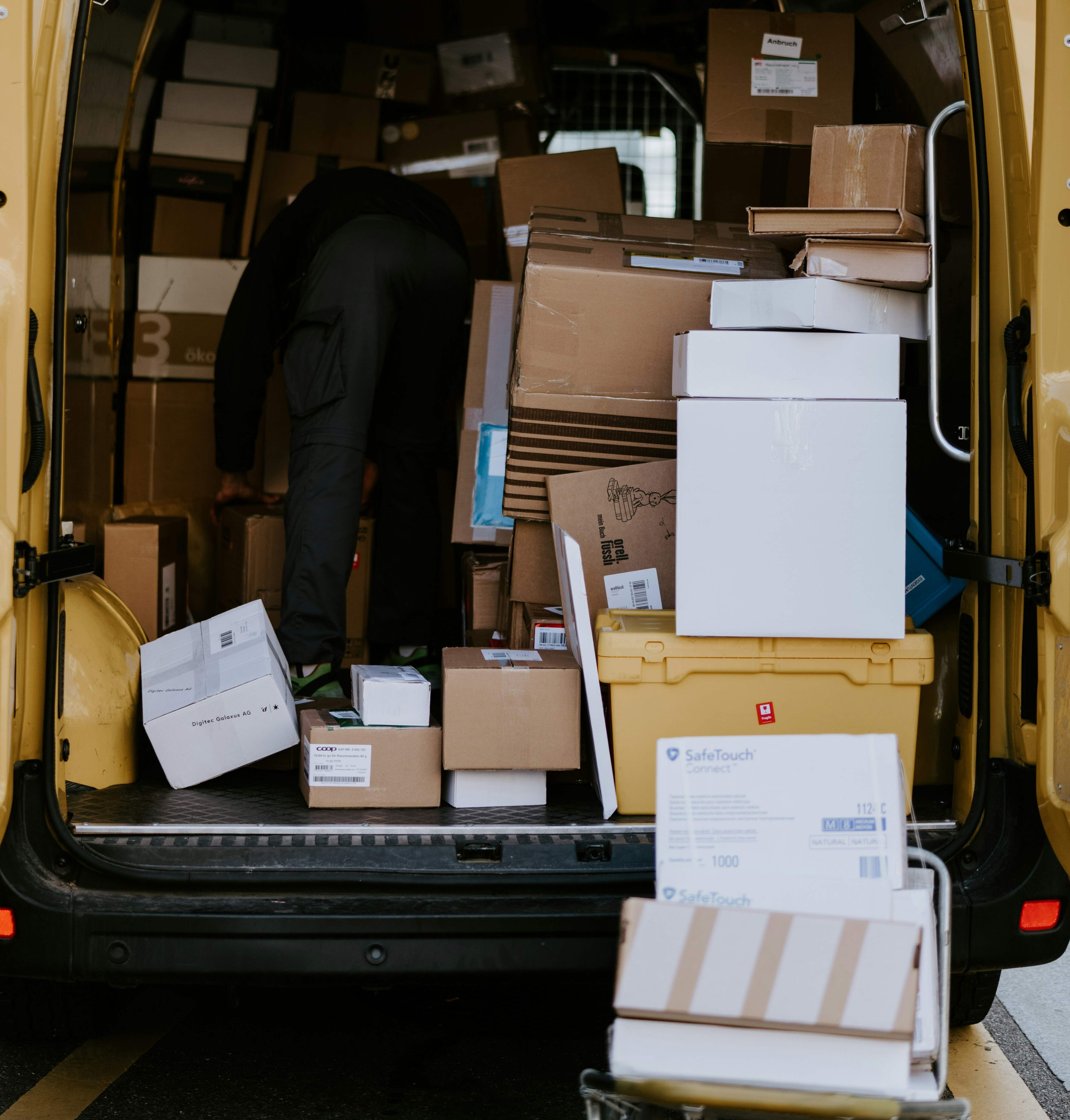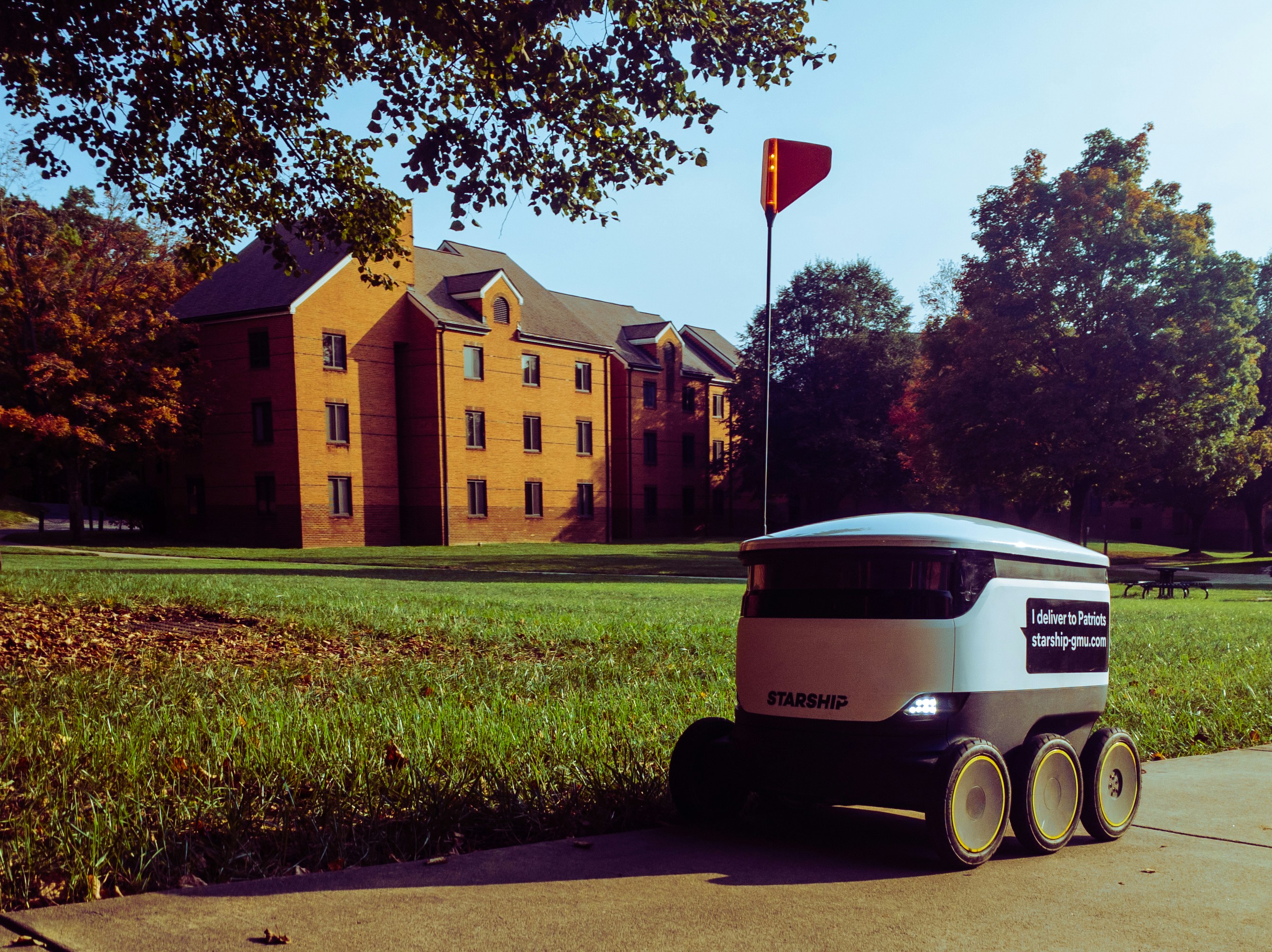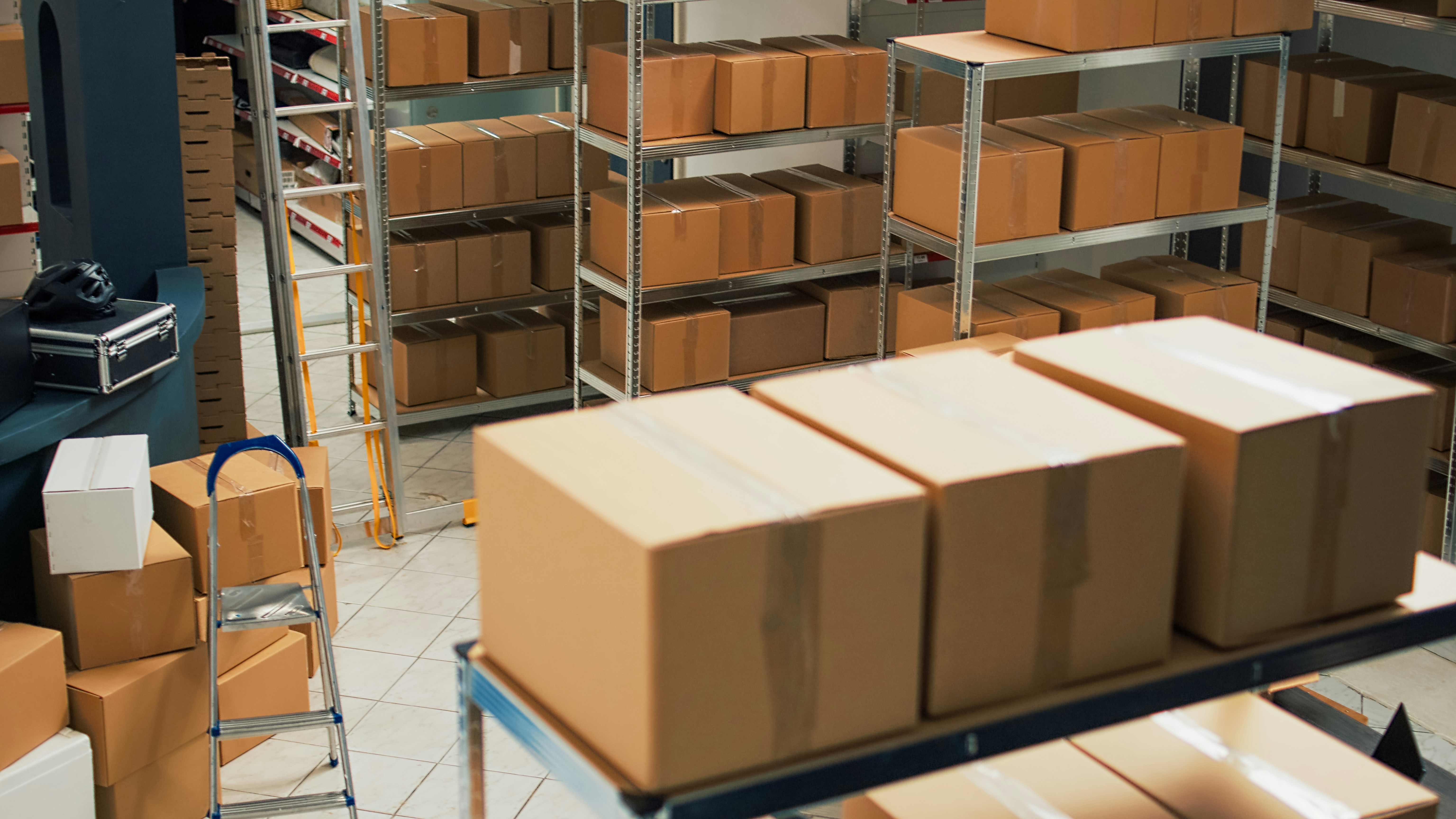 What Role Does Order Fulfilment Play in Fashion?
What Role Does Order Fulfilment Play in Fashion?
Fashion is one of the most exciting industries out there, but at the same time, it’s a...
Read MoreInsights
Order fulfilment is a vital aspect of many businesses, from small local brands to global org...

Order fulfilment is a vital aspect of many businesses, from small local brands to global organisations. In today’s consumer-driven market, where customers have an abundance of choice, the demand and expectations placed on businesses are greater than ever. Therefore to succeed, businesses must ensure that their order fulfilment process is as efficient as possible.
A vital part of this process is the implementation of new technologies to support in the streamlining of the process and ensuring positive customer experience. With technology advancing rapidly, businesses must keep up with these trends and choose the tools that will drive their success. In this guide, we will explore the latest tech advancements set to impact order fulfillment and help businesses meet the growing demands of modern consumers.
Customer satisfaction is crucial for any company. It ensures repeat business, attracts new ones, and supports sustainable growth. With a streamlined order fulfilment process being essential to providing a positive experience for the consumer, here are some of the key technologies being used to support this:
From despatch to delivery, shipment tracking systems are software tools that enable businesses and customers real-time visibility of their parcels. This technology has allowed for unique shipment identifiers, it can be integrated with warehouse management systems and transport management systems, and provides insights for carrier performance.
Transparency and the customer experience is improved, this leads to trust being formed and can help cultivate brand loyalty. Logistic operations become more efficient, and customer service desks see reduced workloads as "where is my order" queries become redundant.
The world is becoming more and more interconnected and many businesses have already benefited from this global connectivity. Billions of packages each year are shipped around the globe, however, in America alone, more than 1 in 10 will vanish without a trace.
Fortunately, utilising GPS tracking can offer an explanation, and in some cases a solution, if a parcel does not make it to its intended recipient. As mentioned, real-time monitoring enables the shipment to be seen at all times. With cross-border shipments being relied upon with increased regularity, GPS tracking is particularly advantageous where there's a higher risk of parcels going missing.
Global shipments are sadly susceptible to theft. Packages left on consumers' property are vulnerable to opportunists—so much so that the term' porch pirates' has been coined. GPS tracking can aid with theft recovery. If a package is reported as stolen, the GPS tag can be switched to 'recovery mode,' which reveals the package's location.
Meeting customers' demands and projecting the potential need for resources in the future are paramount. That's why supply and demand forecasting, along with the tech associated with it, has become so important for the order fulfilment process.
It assists with aligning supply and customer demand. Ultimately, this can prevent exhausting stock and create a surplus, which minimises dead stock and improves cost-effectiveness.
There are various types of demand forecasting, each being insightful in its own way to match a business's needs:
Also known as OMS, cloud-based order management systems are a type of software that equips businesses with cloud computing technology for optimised multi-channel fulfilment.
These systems are a positive for businesses and order fulfilment as it has given them a singular platform in which multiple aspects of the order management process can be streamlined, and the benefits are plentiful:
Online shopping soared during the pandemic, and to match this demand, the use of parcel lockers has significantly increased.
Smart lockers simplify package collections and deliveries. They do this with a keypad, QR code, or barcode scanner. The courier must input the code or scan the package to gain entry to the locker. Once the parcel is secured, the customer is notified via text or email with their respective code, which will grant access to the locker.
Thanks to electronic locking systems, packages are locked securely, and they can be accessed 24/7, which is a plus for busy customers. They also reduce delivery costs and remove the need for package redistribution.

As we have previously discussed, tapping into technology’s latest development is a proven route to success in the modern age. Let’s explore the tech advancements that have the potential to impact the future of the order fulfilment process.
Robotics is one of the fastest developing industries with businesses increasingly using robots to enhance operations, increase productivity, and cut costs. Here are some of the ways that advanced robotics are being used in order fulfilment.
Unmanned aerial vehicles (UAVs), commonly known as drones, have become increasingly popular in logistics operations. They have been used to get items such as parcels, medicines, and food to customers.
Drones have become increasingly popular in logistics operations. They’re airborne and avoid congestion, meaning that delivery times are seldom impeded. Drones are improving efficiency in more ways than one:
In October 2023, Amazon announced it would start using drones to deliver parcels across Great Britain in under an hour in a trial location by the end of 2024.
Autonomous delivery robots (AMRs) are a type of unmanned ground vehicle (UGV). Using a fusion of AI, machine learning, computer vision, and sensor fusion, UGVs are paving the way for last-mile delivery.
Sensors, cameras, LiDAR (light detection and ranging) and GPS combine to allow them to navigate urban landscapes without being slowed down by obstacles. Advanced algorithms mean that they can plan optimal routes and safely deliver packages.
Given their compact and nimble nature, they're durable enough for cities and are pedestrian-friendly. Furthermore, customers can place an order and track the progress via a mobile app, enhancing their experience. This ease of use makes it a convenient and eco-friendly advancement for order fulfilment.
Introducing warehouse robotics has strengthened the order fulfilment process order fulfilment process in the following ways:
Presently, order picking accounts for nearly 55% of warehouse labour costs, with increased use of robotics, this percentage could fall.
Artificial intelligence is used to supplement existing technology, as well as innovate new technology and methods to assist with order fulfilment processes. Here are the key ways that AI is being used:
Effective logistics are crucial in order fulfillment, and any issues can be costly.
With AI, predictive maintenance can counteract these potential pitfalls by:
By using AI, repetitive, time-consuming tasks can be streamlined. This frees up time and can generate improved efficiency in these areas:
Getting a product to the customer as quickly as possible is the fabric of order fulfilment. AI can speed that process up with route optimisation. It can do this by:
Knowing how much stock you have and what you need in the future is a time-consuming but vital task that ensures you have the stock to meet customer demand, especially in peak times of year. AI can lighten that load by:
Evidence supports the notion that AI is synonymous with efficiency. It's a driving force for order fulfilment, and this will continue to be the case.

Supply chain optimisation supports refining a supply chain's operations to make sure that they're at peak performance at all times. Achieving this is necessary for the order fulfilment process, and the latest tech advancements can make this attainable. Here are some of the technologies been used to streamline the supply chain:
The Internet of Things (IoT) encompasses physical devices that have sensors, software, and other technology that allows them to connect and transfer data with other devices and systems over the Internet.
Invariably, this would consist of mobile phones, tablets, laptops and other electronic devices. However, in the order fulfilment space, there is now an opportunity for shipping containers and warehouse stations to be able to exchange data and insights. This can be done with IoT technologies such as RFID tags, Bluetooth Beacons, and smart sensors.
For example, if a container of frozen goods is at risk of spoiling, it can be rerouted or a repair team can be deployed to address the issue promptly. For example if a container of frozen goods is at risk of spoiling, it can be rerouted, or a repair team could be sent out.
Although often linked with cryptocurrencies, blockchain's immutable nature enhances transparency. As blockchain can't be changed or erased, a permanent audit trail is created - this is something that can't be said for traditional technologies like email.
Blockchain could be used for the elevation of track-and-trace applications that businesses may incorporate to demonstrate a clear and transparent view of the supply chain.
Major companies like Walmart are already using blockchain. Following E.coli outbreaks, they partnered with IBM's Food Trust Solution to track lettuce from its suppliers to its shelves. This transparency builds trust, develops loyalty, and enhances the overall customer experience.
Today's customers want to feel valued, and they want personalised interactions that resonate with them. Realising the power of personalisation could be fruitful for the order fulfilment process, and there are plenty of tools and technology to help businesses reap the rewards:
Integrating advanced technologies to the order fulfillment process is a necessity for businesses that want to meet the demands of consumers and deliver a fantastic customer experience. Revolutionising operational processes is essential. So far, this has been made possible with shipment and GPS tracking systems, supply and demand forecasting, and cloud-based order management systems.
Advanced robotics, AI, the Internet of Things, and blockchain exemplify the transformative potential of technology on order fulfillment. These innovations promise peak efficiency and an enhanced customer experience. To achieve sustainable success, businesses must strategically adopt these tools to stay competitive.
At Core, customer satisfaction is the foundation of our services. As a leading 3PL provider, we serve businesses of all sizes and across various industries with excellence. Our dedicated team brings extensive experience, ensuring your unique needs are met with precision and care.
Click here to contact us and discover how we can elevate your order fulfilment process.